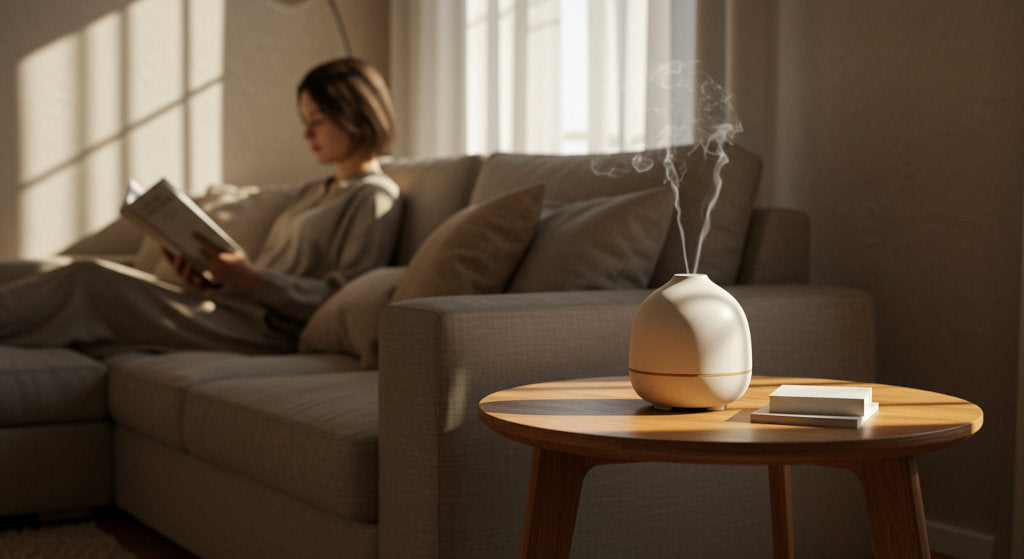There’s a moment that catches nearly everyone by surprise: you walk into a beautifully scented space—your own home—and suddenly… nothing. The scent that once felt calming, luxurious, and unmistakable now seems to have vanished. But the diffuser is still running, the fragrance oils are full, and everything is exactly as it should be.
This isn’t a failure of the fragrance. It’s something far more human: olfactory adaptation, commonly known as fragrance fatigue.
What Is Olfactory Adaptation?
Olfactory adaptation is your brain’s way of filtering out repetitive sensory information. When you're exposed to the same scent over time, your nose stops registering it. Unlike sight or sound, which may continue to demand attention, smell fades into the background once it's deemed non-threatening or consistent.
This response is protective—it helps us detect changes in our environment. But when it comes to home fragrance, it can be frustrating. It creates the illusion that the scent has faded, when in reality, your brain has simply tuned it out.
Why It Affects Diffuser Users
Cold air diffusers, prized for their ability to deliver a consistent, clean mist of oil-based fragrance throughout a space, are designed for ambient presence, not overpowering intensity. This makes them ideal for creating a long-lasting scent environment, but also more prone to becoming “invisible” to the person living in the space day after day.
If you're consistently using the same home fragrance blends—especially subtle ones like white tea, sandalwood, or neroli—your nose may begin to filter them out within hours, or even minutes, of exposure.
How to Reset Your Scent Perception
Reawakening your nose doesn’t require replacing your oils or increasing diffuser output. A more elegant solution lies in contrast and pause.

Here are a few intentional ways to reset your senses:
-
Leave the Room: Step outside or spend time in an unscented area. Just 10–15 minutes away can recalibrate your olfactory system.
-
Change the Scent Profile: Rotate to a new fragrance family (e.g., from floral to herbal, or citrus to woody) for a few days.
-
Use a Scent Breaker: Sniff something neutral but grounding, like coffee beans, clean cotton, or even fresh air.
-
Lower the Output Temporarily: Turning your diffuser off for a while and restarting it later can create a fresh reentry moment.
-
Layer Scent Differently: Try a linen spray or room mist mid-day to awaken dormant olfactory receptors.
These techniques are especially useful in spaces where ambient scent is designed to be part of the background, not the focus.
Designing Around Scent Fatigue
The most refined scenting strategies account for the fact that fragrance isn’t just a moment—it’s a rhythm. By curating a collection of ambient fragrance blends and intentionally rotating them, you can avoid fatigue and maintain a meaningful relationship with your space.
Cold air diffusion makes this easier because it doesn’t alter the oil’s integrity with heat or dilution, and the scent remains consistent over time. But that consistency still needs variety. Consider alternating between signature oil blends that reflect the time of day, season, or mood.
Final Thought
Fragrance fatigue isn’t a flaw in your scent—it’s proof that it’s working as intended. The scent has become part of the space. You’ve adapted.
But that doesn’t mean you can’t return to it.
With a few small resets—whether it’s stepping outside, switching to a citrus note, or diffusing a new ambient fragrance blend—you’ll find that the scent you thought had faded was there all along. Quiet. Present. And waiting to be noticed again.








